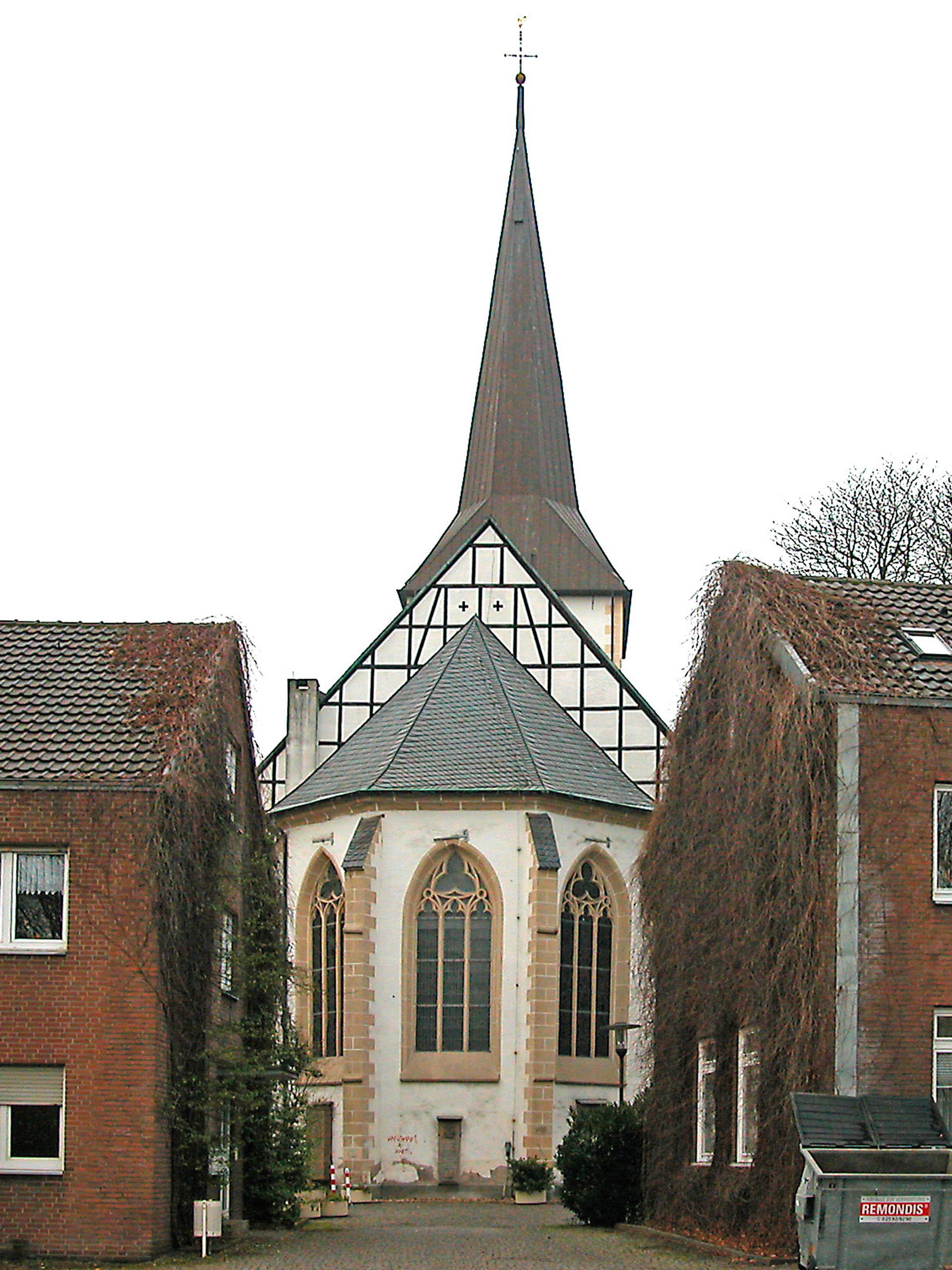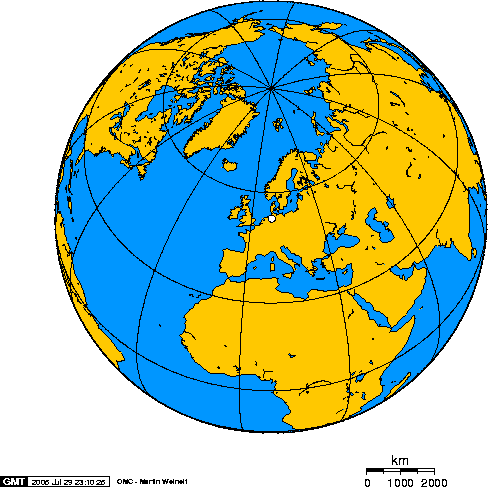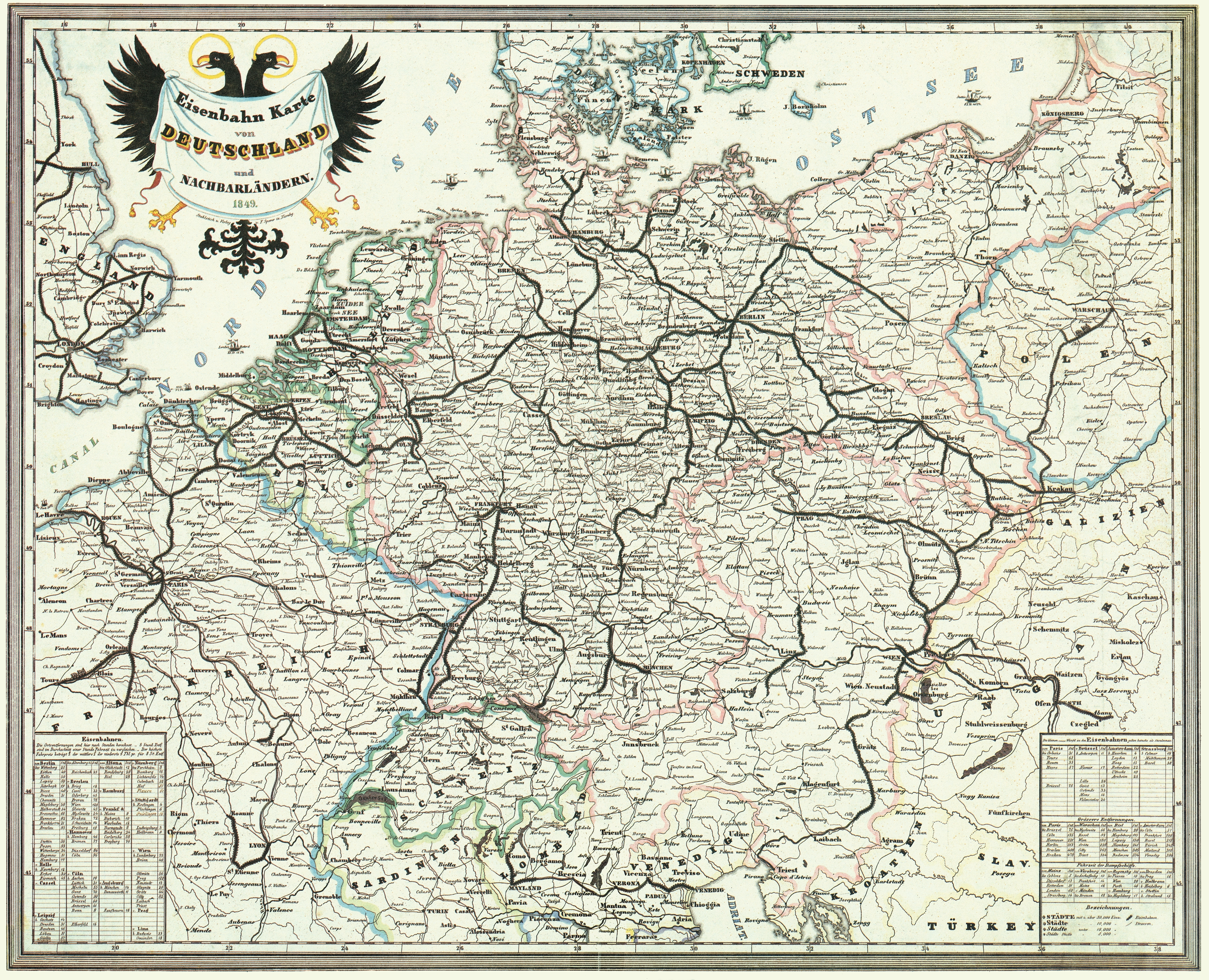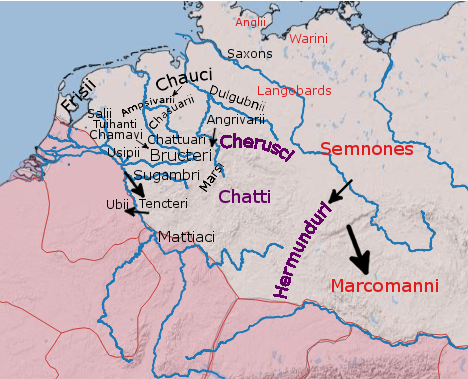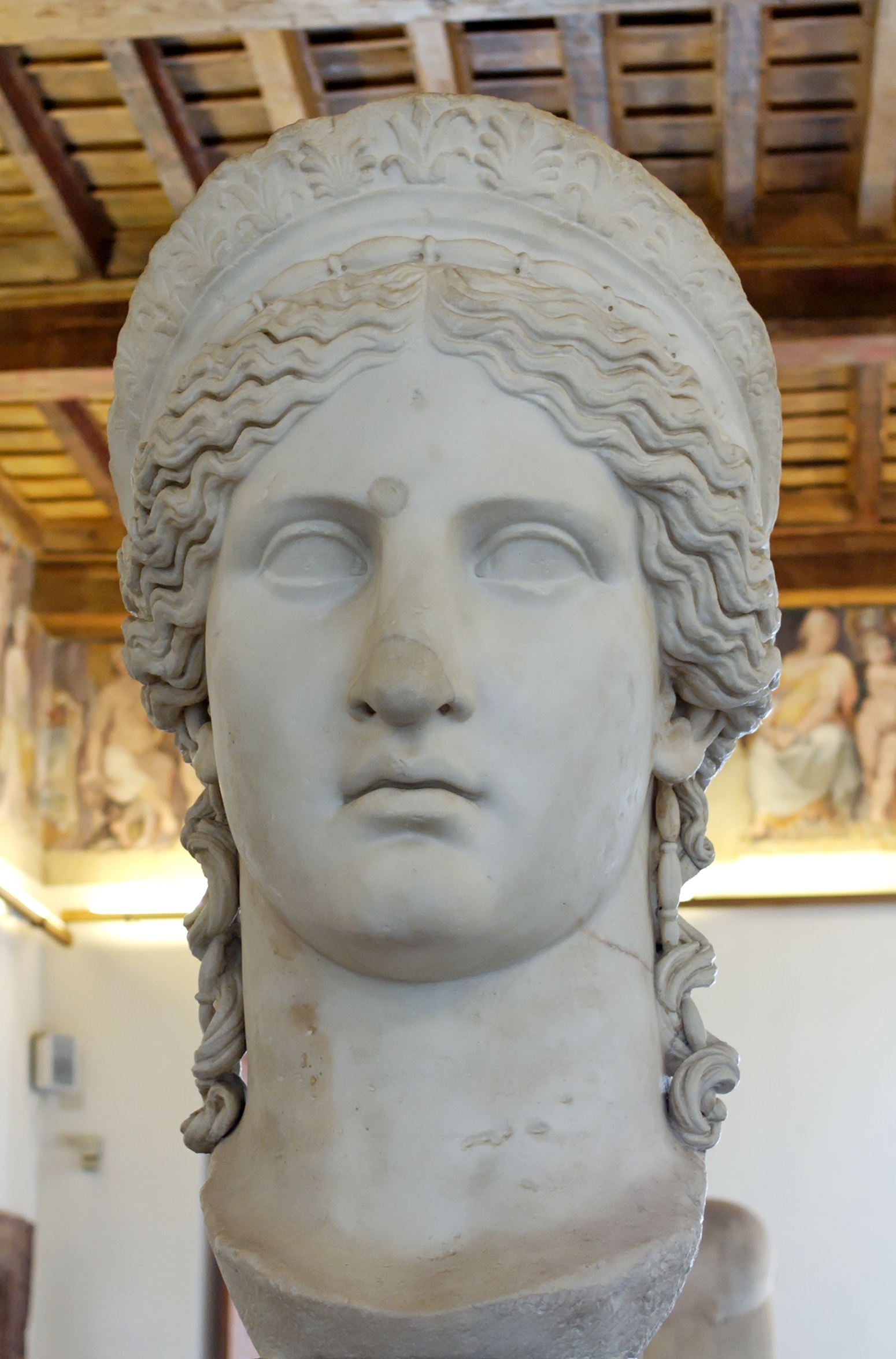|
Lippe (river)
The Lippe () is a river in North Rhine-Westphalia, Germany. It is a right tributary of the Rhine and in length with an elevation difference of 125 metres and a catchment area of 4.890 km². The source is located at the edge of the Teutoburg Forest in Bad Lippspringe close to the city of Paderborn. It runs westward through Paderborn, Lippstadt and then along the northern edge of the Ruhr area, parallel to the river Emscher and river Ruhr (river), Ruhr. The river finally enters the Rhine at Wesel. Description and history The river Lippe has been used as an infrastructure in Roman times. For the Romans the river (named ''Lupia'') was a gateway to Germania, running from the river Rhine to the region around Paderborn. The watercourse was used for transport of supplies, so along the banks of the Lippe many former Roman camps could be found. In the last 200 years many of these camps have been identified, above all the camp in Haltern which is likely to be the former headquarter of ... [...More Info...] [...Related Items...] OR: [Wikipedia] [Google] [Baidu] |
Lünen
Lünen () is a town with around 86,000 inhabitants in North Rhine-Westphalia, Germany. It is located north of Dortmund, on both banks of the Lippe (river), River Lippe. It is the largest town of the Unna (district), Unna district and part of the Ruhr Area. In 2009 a Anaerobic digestion, biogas plant was built to provide electric power to the city. Lünen is the first city in the world to receive electricity via public utility companies that is generated on the base of animal waste. The plant produces up to 6.6 MW, supplying 26,000 homes with heat and electricity. Culture and main sights Structure *Saint George's Church *Saint Mary's Church *Chateau of Schwansbell *Colani-UFO *Freiherr-vom-Stein School *Town hall of Lünen *Geschwister-Scholl School *Industrial Monument "Moor Crane" Museum *Museum of the town Lünen *Mining Museum in Lünen South *Mining residential Museum in Lünen Brambauer Theatre *Heinz-Hilpert theater Politics The current mayor of Lünen is independent pol ... [...More Info...] [...Related Items...] OR: [Wikipedia] [Google] [Baidu] |
Ruhr Area
The Ruhr ( ; , also ''Ruhrpott'' ), also referred to as the Ruhr Area, sometimes Ruhr District, Ruhr Region, or Ruhr Valley, is a polycentric urban area in North Rhine-Westphalia, Germany. With a population density of 1,160/km2 and a population of over 5 million (2017), it is the largest urban area in Germany and the third of the European Union. It consists of several large cities bordered by the rivers Ruhr to the south, Rhine to the west, and Lippe to the north. In the southwest it borders the Bergisches Land. It is considered part of the larger Rhine-Ruhr metropolitan region of more than 10 million people, which is the third largest in Western Europe, behind only London and Paris. The Ruhr cities are, from west to east: Duisburg, Oberhausen, Bottrop, Mülheim an der Ruhr, Essen, Gelsenkirchen, Bochum, Herne, Hagen, Dortmund, Hamm and the districts of Wesel, Recklinghausen, Unna and Ennepe-Ruhr-Kreis. The most populous cities are Dortmund (with a population of app ... [...More Info...] [...Related Items...] OR: [Wikipedia] [Google] [Baidu] |
Hamm, North Rhine-Westphalia
Hamm (, Latin: ''Hammona'') is a List of cities and towns in Germany, city in North Rhine-Westphalia, Germany. It is located in the northeastern part of the Ruhr area. As of 2016 its population was 179,397. The city is situated between the Bundesautobahn 1, A1 motorway and Bundesautobahn 2, A2 motorway. Hamm (Westfalen) railway station, Hamm railway station is an important hub for rail transport and renowned for its distinctive station building. History Coat of arms The coat of arms has been in use in its present form for about 750 years. It shows the markish chessboard ("märkischen Schachbalken") in red and silver on a golden field. Originally it was the founders' coat of arms, i. e. the Counts of Mark. The chessboard and the colours are often displayed in the coats of arms of further towns founded by that family line. Similarly, the colours of the city are red and white. Overview The name ''Ham'' means "corner" in the old Low German dialect spoken at that time. In the old ti ... [...More Info...] [...Related Items...] OR: [Wikipedia] [Google] [Baidu] |
Weser
The Weser () is a river of Lower Saxony in north-west Germany. It begins at Hannoversch Münden through the confluence of the Werra and Fulda. It passes through the Hanseatic city of Bremen. Its mouth is further north against the ports of Bremerhaven and Nordenham. The latter is on the Butjadingen Peninsula. It then merges into the North Sea The North Sea lies between Great Britain, Denmark, Norway, Germany, the Netherlands, Belgium, and France. A sea on the European continental shelf, it connects to the Atlantic Ocean through the English Channel in the south and the Norwegian Se ... via two highly Saline water, saline, Estuary, estuarine mouths. It connects to the canal network running east–west across the North German Plain. The river, when combined with the Werra (a dialectal form of ''Weser''), is long and thus, the longest river entirely situated within Germany (the Main (river), Main, however, is the longest if the Weser-Werra are considered separate). ... [...More Info...] [...Related Items...] OR: [Wikipedia] [Google] [Baidu] |
Cologne
Cologne ( ; ; ) is the largest city of the States of Germany, German state of North Rhine-Westphalia and the List of cities in Germany by population, fourth-most populous city of Germany with nearly 1.1 million inhabitants in the city proper and over 3.1 million people in the Cologne Bonn Region, Cologne Bonn urban region. Cologne is also part of the Rhine-Ruhr metropolitan region, the List of EU metropolitan regions by GDP#2021 ranking of top four German metropolitan regions, second biggest metropolitan region by GDP in the European Union. Centered on the left bank of the Rhine, left (west) bank of the Rhine, Cologne is located on the River Rhine (Lower Rhine), about southeast of the North Rhine-Westphalia state capital Düsseldorf and northwest of Bonn, the former capital of West Germany. The city's medieval Cologne Cathedral () was the History of the world's tallest buildings#Churches and cathedrals: Tallest buildings between the 13th and 20th century, world's talles ... [...More Info...] [...Related Items...] OR: [Wikipedia] [Google] [Baidu] |
Cologne-Minden Trunk Line
{{unreferenced, date=January 2014 The Cologne-Minden trunk line is a railway built by the Cologne-Minden Railway Company (''Cöln-Mindener Eisenbahn-Gesellschaft'', CME). The line is the westernmost part of the railway line from Berlin to the Rhine that was proposed by Friedrich List in his Concept for a railway network in Germany, published in 1833. In fact, Friedrich Harkort (“father of the Ruhr”) had proposed the construction of a railway line from Cologne to Minden in 1825. History On 18 December 1843, the CME was awarded the concession to build a railway line between the metropolis of Cologne, the cities of the Rhenish-Westphalian industrial area and Minden to connect with the network of the Royal Hanoverian State Railways. A route through the Bergisches Land had been dropped was due to the high cost of the engineering structures that would have been required on the advice of the Aachen merchant and banker David Hansemann (1790-1864), who was then briefly Prussian ... [...More Info...] [...Related Items...] OR: [Wikipedia] [Google] [Baidu] |
Sicambri
The Sicambri or Sugambri were a Germanic people who lived in the area between the Rhine, Lippe, and Wupper rivers, in what is now Germany, near the border with the Netherlands. They were first reported by Julius Caesar, who encountered them in 55 BC. They became a significant opponent of Roman imperial power in the Rhine region. After a major defeat by the Romans in 8 BC a significant part of the Sicambri were moved into Roman territory. Caesar categorized them as a Germanic people (''Germani''), although he did not necessarily define ethnicity in terms of language. Whether or not the Sicambri spoke a Germanic or Celtic language, or something else, is not certain. They lived in a contact zone where these two language families came into contact and were both influential. By the 3rd century, the region in which they and their neighbours had lived had become part of the territory of the Franks, which was a new name that possibly represented a new alliance of older tribes, possibly ... [...More Info...] [...Related Items...] OR: [Wikipedia] [Google] [Baidu] |
Nero Claudius Drusus
Nero Claudius Drusus Germanicus (38–9 BC), commonly known in English as Drusus the Elder, was a Roman general and politician. He was a patrician Claudian but his mother was from a plebeian family. He was the son of Livia Drusilla and the stepson of her second husband, the Emperor Augustus. He was also brother of the Emperor Tiberius; the father of the Emperor Claudius and general Germanicus; paternal grandfather of the Emperor Caligula, and maternal great-grandfather of the Emperor Nero. Drusus launched the first major Roman campaigns across the Rhine and began the conquest of Germania, becoming the first Roman general to reach the Weser and Elbe rivers. In 12 BC, he led a successful campaign into Germania, subjugating the Sicambri. Later that year he led a naval expedition against Germanic tribes along the North Sea coast, conquering the Batavi and the Frisii, and defeating the Chauci near the mouth of the Weser. In 11 BC, he conquered the Usipetes and the Marsi, exte ... [...More Info...] [...Related Items...] OR: [Wikipedia] [Google] [Baidu] |
Battle Of The Lupia River
The Battle of the Lupia River was fought in 11 BC between a Roman force led by Nero Claudius Drusus and the Sicambri.Cassius Dio, ''Roman History'LIV.33/ref> The Lupia River, now Lippe, flows westwards through the Ruhr Valley in North Rhine-Westphalia. Drusus defeated the Sicambri, and some of the defeated were moved to west of the Rhine River The Rhine ( ) is one of the major rivers in Europe. The river begins in the Swiss canton of Graubünden in the southeastern Swiss Alps. It forms part of the Swiss-Liechtenstein border, then part of the Swiss-Austrian border. From Lake Cons .... Aftermath Drusus began the construction of several strongholds to secure the area between the Lippe and the Rhine. Notes 11 BC 10s BC conflicts Lupia River Lupia River Lupia River 1st-century BC battles Roman campaigns in Germania (12 BC – AD 16) Nero Claudius Drusus 10s BC in the Roman Empire {{AncientRome-battle-stub ... [...More Info...] [...Related Items...] OR: [Wikipedia] [Google] [Baidu] |
Olfen
Olfen is a town in the district of Coesfeld, in North Rhine-Westphalia, Germany. History Bishop Wolfhelm, who originated from the Ulfloa Oberhof, gave the small town its name in 889. Wolfhelm was the fourth bishop of "Mimingardeford", today called Münster. The fire disaster of 1857, in which 142 houses were destroyed, has gone down as the "Great Fire of Olfen" in Olfen's history books. Buildings Interesting sights include St. Vitus church, a castle and a historic sawmill. Olfen, St.-Vitus-Kirche -- 2014 -- 8888 -- Ausschnitt.jpg, Olfen, St. Vitus church Olfen, Füchtelner Mühle -- 2016 -- 3928-34.jpg, Olfen, Füchteln mill Nebeltag - Sascha Grosser - Füchtelner Mühle Olfen.jpg, Füchteln mill on a foggy day (art project) Politics Wilhelm Sendermann (CDU) was elected for mayor in September 2015 with 87.4% of the vote. He was re-elected in 2020. Notable people * Thomas Hoof (born 1948), founder of Manufactum * Günter Schlierkamp (born 1970), professional bodybuilder T ... [...More Info...] [...Related Items...] OR: [Wikipedia] [Google] [Baidu] |
Haltern
Haltern am See (''Haltern at the lake'', before December 2001 only Haltern) is a medium-sized town in the northern part of the district of Recklinghausen in the ''Regierungsbezirk'' Münster in North Rhine-Westphalia. The town is located in the northern Ruhr area, directly bordering the Münsterland region. In terms of natural geography, it belongs to the Westmünsterland. The town is about north of Düsseldorf. Haltern is surrounded by the and forest areas and is sparsely industrialized. The and the Haard, Borkenberge, and Hohe Mark forest areas are popular local recreation areas. Geography and Nature Haltern am See is a picturesque city in western Germany with an abundance of natural beauty in its surroundings. The city is situated on the shores of the Halterner Stausee, which is a popular destination for swimming, boating, and hiking. The area around the lake is characterized by lush green forests, rolling hills, and sprawling meadows. The town is surrounded by several n ... [...More Info...] [...Related Items...] OR: [Wikipedia] [Google] [Baidu] |

